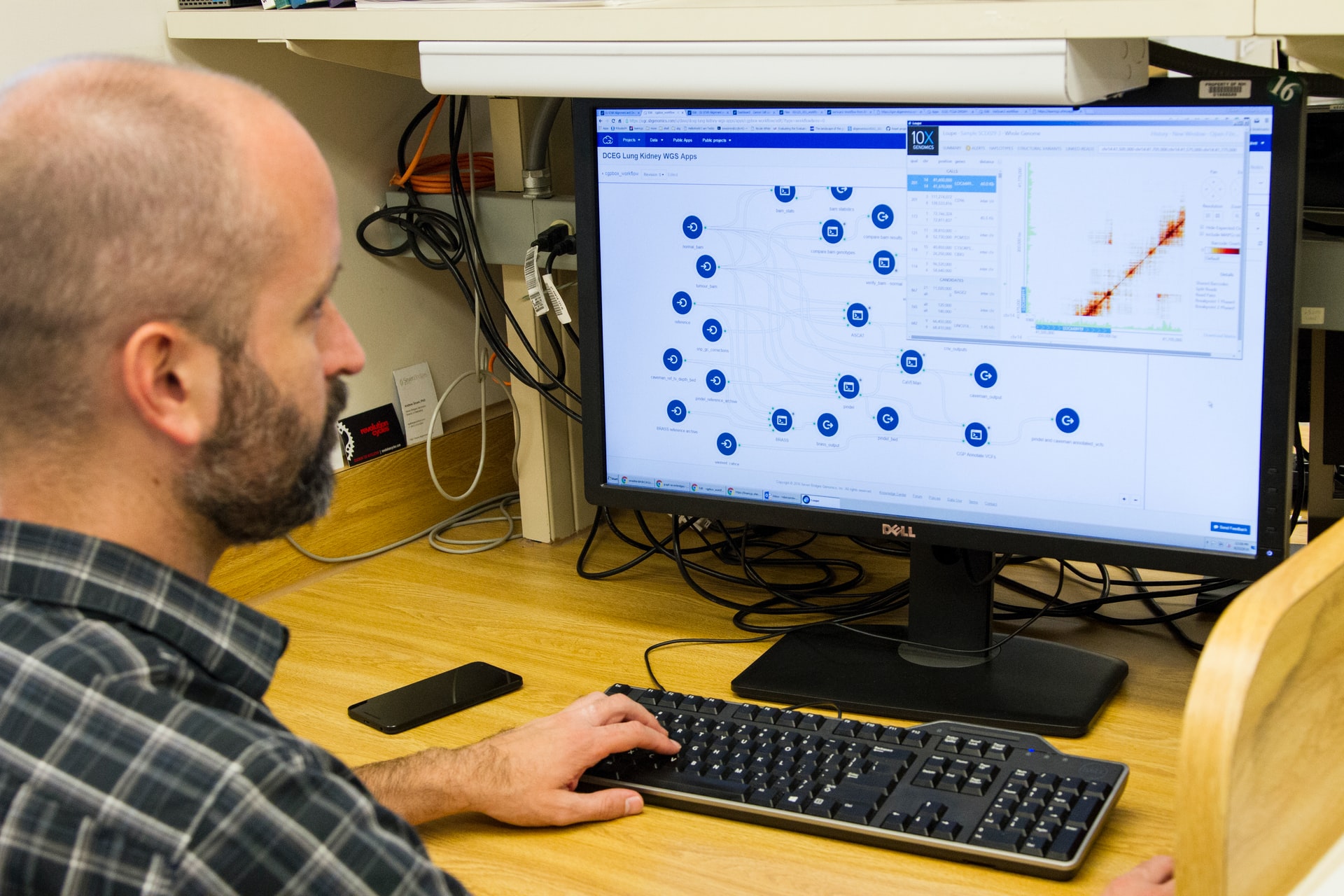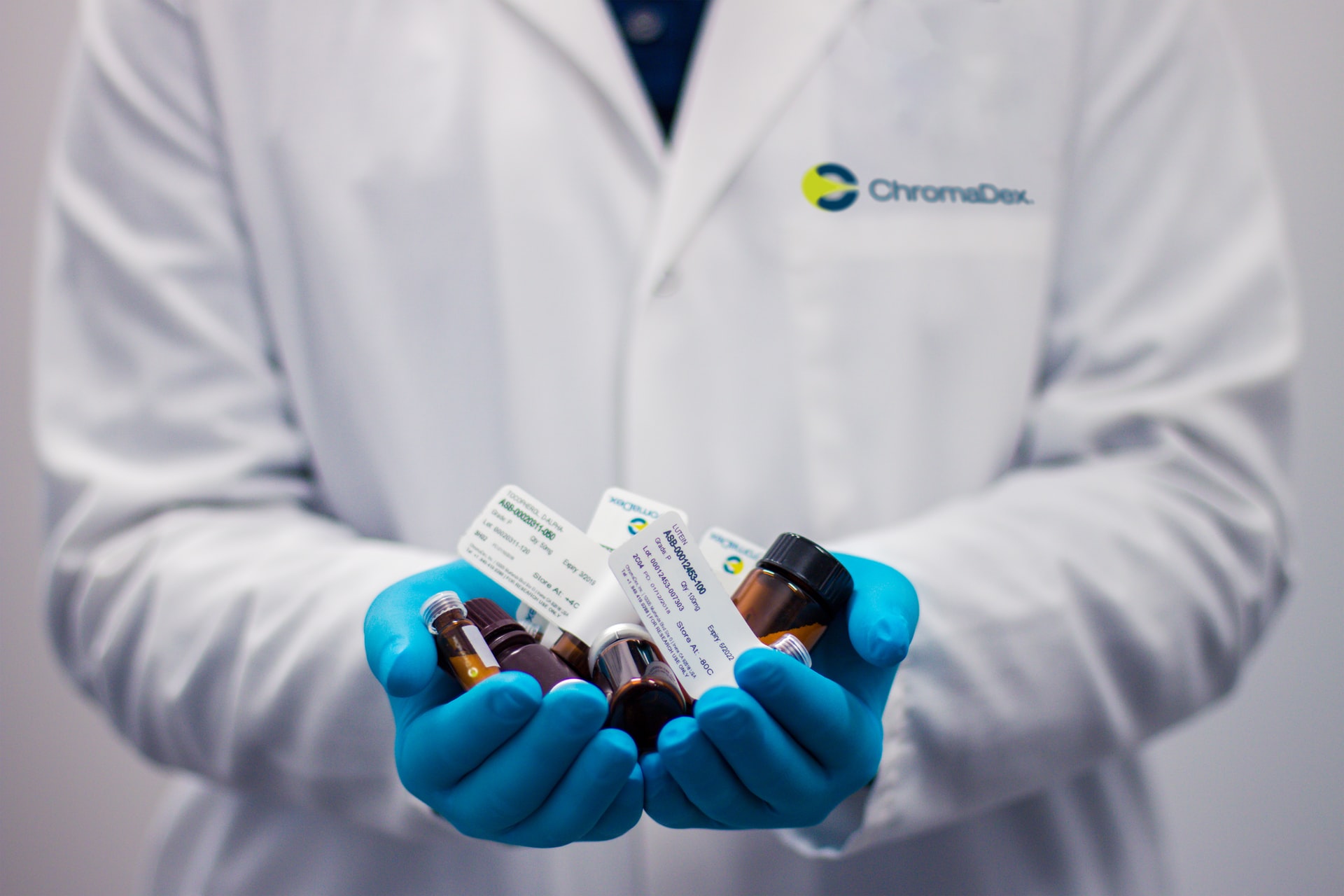There is much debate over what SDTM mapping is and what it is good for, and how it is used in clinical trials. For those of you who are not familiar with the term SDTM, it stands for ‘study day tabulation model’. It is a specific table format used to put together all the necessary data that is gathered for a clinical trial. SDTM mapping refers to data that is generated from the metadata and then turned into maps. SDTM is very useful for clinical trials and it is a very important part of any system. It can only be effective if it is well organised.

Why is SDTM Mapping Required?
SDTM mapping is the only format that is accepted by the FDA. It is used to create the data in a clear structure so that is easily reviewed by regulatory reviewers such as the FDA. Not only SDTM mapping makes things a whole lot easier for clinical trials, but it also saves so much time for regulatory reviewers. Therefore, clinical trials are best to use SDTM for mapping their dataset from the beginning if they would like to avoid further challenges. If the mapping is done in a non-CDISC, it must later be transferred to a CDISC SDTM structure. This process could take longer and requires more effort.

What Mapping Offers
Mapping data using the SDTM structure is the best way to ensure that the data is both readable and more consistent. It is a useful way to organise important data to avoid chances of error. Regulatory reviewers such as the FDA have also enforced the use of SDTM to ensure that all data is logged accurately. This way of mapping data has better overall efficiency.

Benefits of SDTM Mapping For Drugs
With SDTM mapping, the use of color-coded maps allows regulatory reviewers such as FDA to view the data at different intensities and in various formats. This is vital for getting a complete picture. Another benefit of SDTM in clinical trials is that it is easier to track the effectiveness of different drugs in different patients. Since the maps show how the drug worked in different patients, they allow a researcher to see the trends and determine the strengths of a drug in a group of people. The map can be overlaid on the drug to provide a clearer picture of how the drug affects a person. With this information, the investigator can determine which groups should be tested with more doses and how many different patients should be examined. With the right information, they can find out what makes the drug effective in some patients, but not in others.


